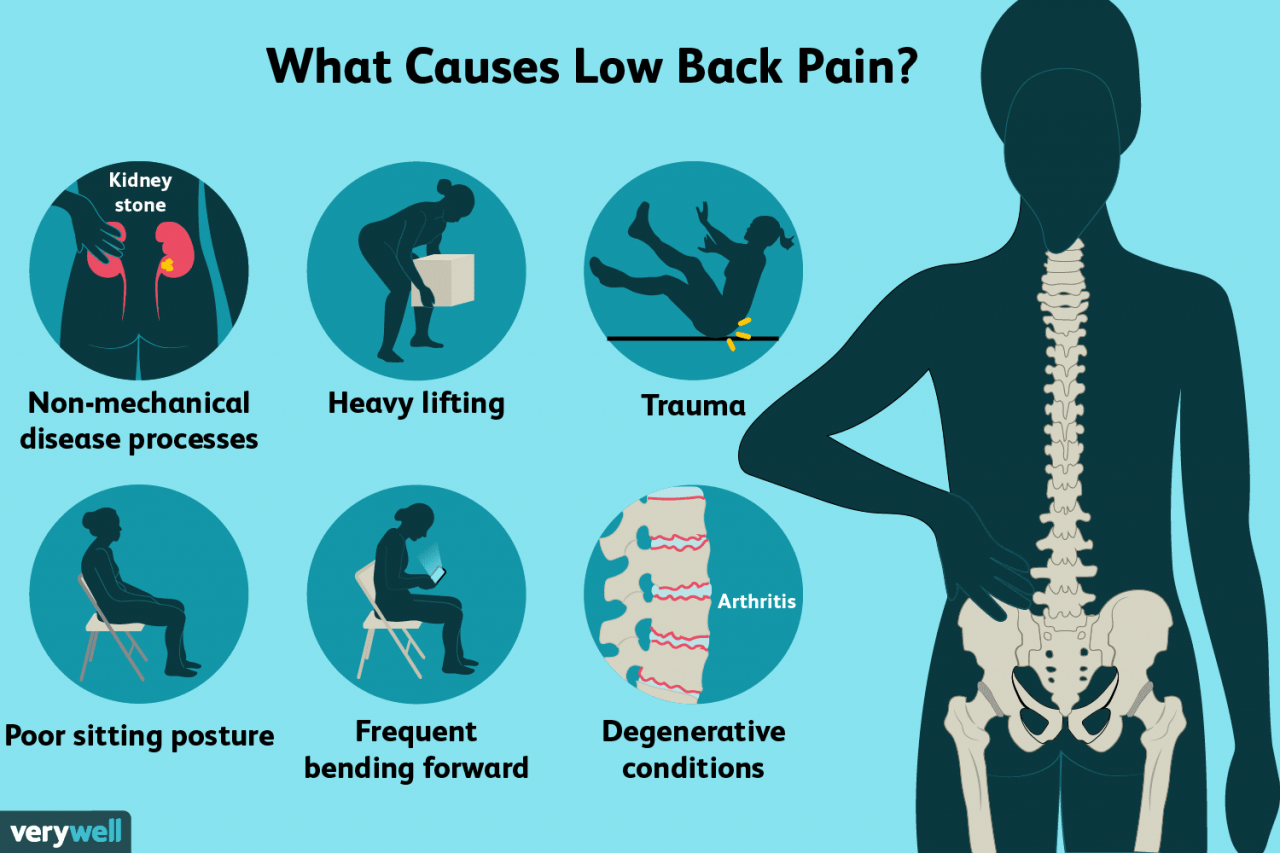Lower back pain is a prevalent concern that affects millions globally. Understanding its causes and knowing when to seek medical attention is vital for effective management and recovery. Below are insights into the common reasons behind this discomfort and how to address them.
Mechanical Causes: Most patients experience back pain due to mechanical reasons. This can result from straining a muscle during heavy lifting, twisting, or even sudden jolts like in a car accident. Stress on spinal bones and tissues can result in conditions like a herniated disc or spondylosis, also known as osteoarthritis of the spine. Read more here.
Overuse and Simple Strains: In many instances, the pain originates from strain or sprain due to overuse, unaccustomed activity, excessive lifting, or accidents. Typically, it’s advised to wait and observe if the pain naturally subsides. If it persists after a few days, then seeking medical advice is prudent. Discover home remedies for low back pain.
Posture and Ergonomics: Maintaining poor posture, especially while working at a desk, can contribute significantly to back pain. Slouching or not ensuring ergonomic standards can strain the back over time. Learn more about how to improve posture and ensure proper ergonomics at work here.

Sciatica and Other Nerve Pain: Sometimes, the pain in the lower back can manifest itself in other areas, such as the leg, and may feel like nerve pain, commonly referred to as sciatica. Proper diagnosis is crucial to addressing such conditions. Dr. Julia Silver further explains the importance of diagnosis here.
Red Flags: Some symptoms, often called “red flag” symptoms, may hint at a more severe cause behind the back pain. These include fever, recent trauma, weight loss, a history of cancer, and neurological symptoms like numbness, weakness, or incontinence. If you experience these, it’s essential to consult a doctor immediately. Know when to get help for low back pain.
In conclusion, while lower back pain can often be managed with painkillers, exercise, physical therapy, steroid injections, or even surgery, the first step is always to understand its root cause. By recognizing the signs and seeking timely intervention, one can ensure a quicker and more effective recovery.


